News
Comprehending the Intricacies of Power Supply: A Deep Dive into DC Power Conversion, Power Electronics, and the Influence of YUCOO’s Technology
Click: 514 Date: 12/01/2023 11::23::15 AM
Comprehending the Intricacies of Power Supply: A Deep Dive into DC Power Conversion, Power Electronics, and the Influence of YUCOO's Technology
Understanding The Basics of Direct Current (DC) Power Supply
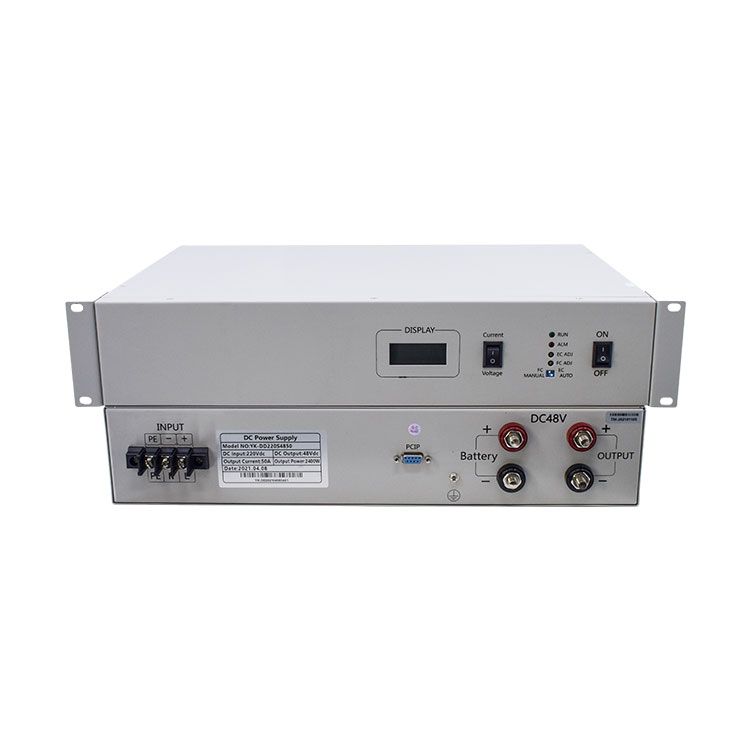
Direct Current (DC) power supply is a critical component in many electronic devices. It functions to convert the Alternating Current (AC) from the mains power supply into DC, which is needed by most electronic circuits to function.
A DC power supply typically includes key components such as a transformer, rectifier, filter, and a regulator. The transformer steps down the input AC voltage, the rectifier converts AC to DC, the filter smooths the pulsating DC from the rectifier, and the regulator maintains a constant DC output voltage.
There are two main types of DC power supplies: linear and switching power supplies.
Linear Power Supply
Linear power supplies function by transforming the input AC voltage to a suitable level and then converting it to DC voltage. This is done through a simple design that uses a transformer, rectifier, and a filter. These power supplies are known for their low output ripple and noise, reliable performance, and simple design. However, they are less efficient and generate more heat compared to switching power supplies.
Switching Power Supply
Switching power supplies, on the other hand, use a high-frequency switch (transistor) to convert the input AC to DC. They are more complex in design but offer higher efficiency, lighter weight, and smaller size. They are ideal for applications that require efficient energy use and compact size, such as laptops and mobile devices.
Understanding these basics of DC power supply is essential for choosing the right power solution for different applications, and it sets the foundation for exploring more complex topics in power electronics.
Exploring the Role of Converters in Power Electronics
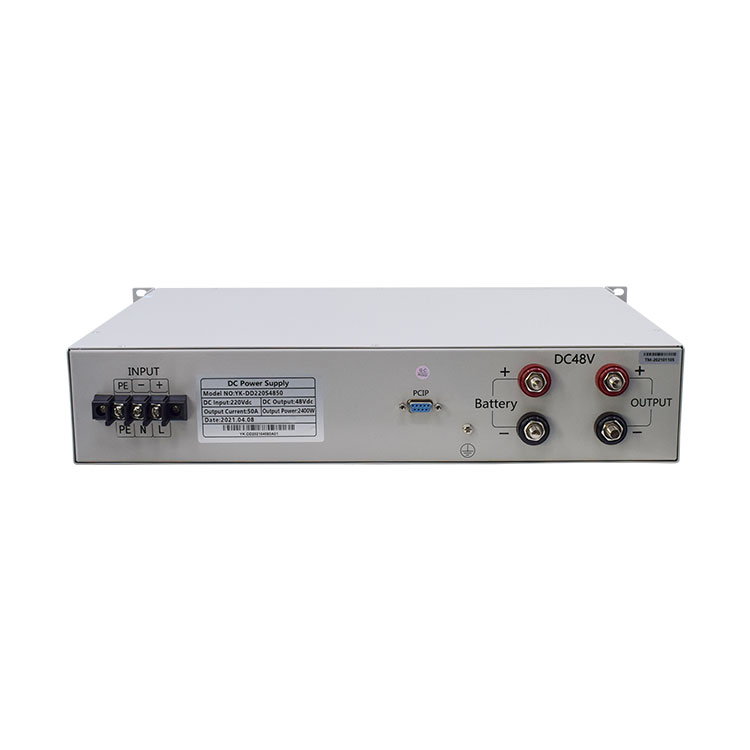
Converters play a pivotal role in power electronics, a branch of electronics that deals with the conversion and control of electric power. They primarily function to convert one form of electrical energy to another, making it suitable for various applications. The two most common types of converters are DC-DC converters and AC-DC converters.
DC-DC Converters
DC-DC converters are used to convert DC voltage levels from one level to another. They are a fundamental component in many electronic devices, including laptops, electric vehicles, and renewable energy systems. These converters are essential for energy-efficient operation and optimal performance. For instance, they allow electric vehicles to convert the high voltage from the battery to lower voltages needed for different components, such as the car's lighting system.
AC-DC Converters
AC-DC converters, also known as rectifiers, are used to convert AC voltage into DC voltage. They are widely used in power supplies for electronic devices, including televisions, computers, and mobile chargers. The AC-DC converters enable these devices to utilize the AC power from the main supply and convert it into DC power required for their operation.
The Role of YUCOO's DC Power Conversion in Renewable Energy and Electric Vehicle Charging
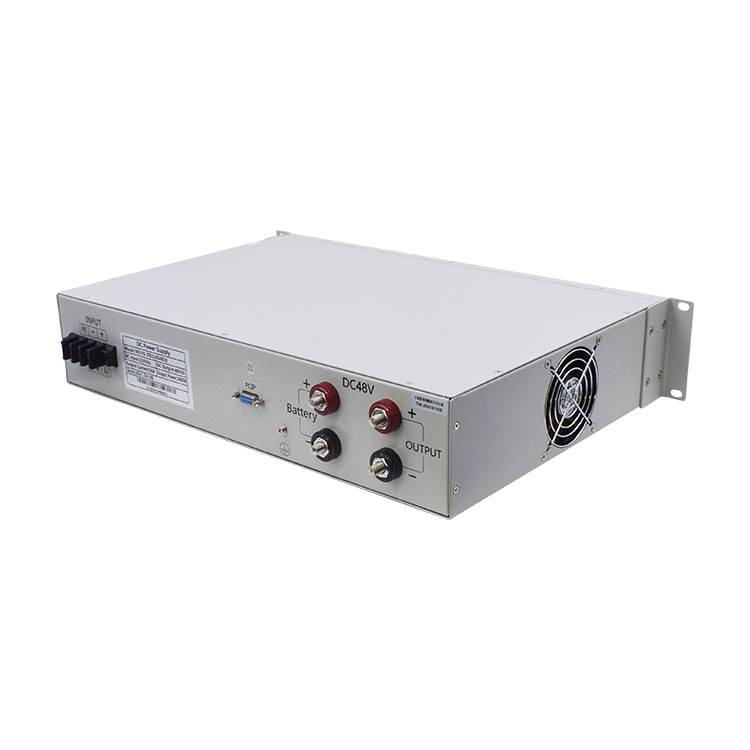
The role of converters in power electronics is crucial, as they enable the efficient functioning of electronic devices by ensuring the power is in the appropriate form and level. Understanding the operation of these converters is fundamental to the design and operation of power electronic systems.
DC power conversion is integral in renewable energy systems and electric vehicle charging, and YUCOO's technology plays a significant role in these areas.
Renewable Energy Systems
Renewable energy systems, such as solar panels and wind turbines, often generate DC power. This power needs to be converted to AC for compatibility with the grid or household appliances. However, certain systems like battery storage require DC power, necessitating DC-DC conversion. YUCOO's DC power conversion technology plays a vital role here. Its efficient DC-DC converters can manage the power flow between different parts of a renewable energy system, ensuring optimal performance and energy efficiency.
Electric Vehicle Charging
Electric vehicles (EVs) require efficient charging systems for their high-capacity batteries. These batteries operate on DC power, so charging directly with DC can be more efficient and faster. YUCOO's DC power conversion technology is crucial in this scenario. Their advanced DC-DC converters can handle the high power levels required for fast EV charging while ensuring safety and efficiency.
YUCOO's DC power conversion technology stands out due to its high efficiency, reliability, and adaptability to various power levels and voltage requirements. These attributes make it a valuable asset in the growing fields of renewable energy and electric vehicle technology.
The Impact of Power Supply Design and Manufacturing on Energy Efficiency
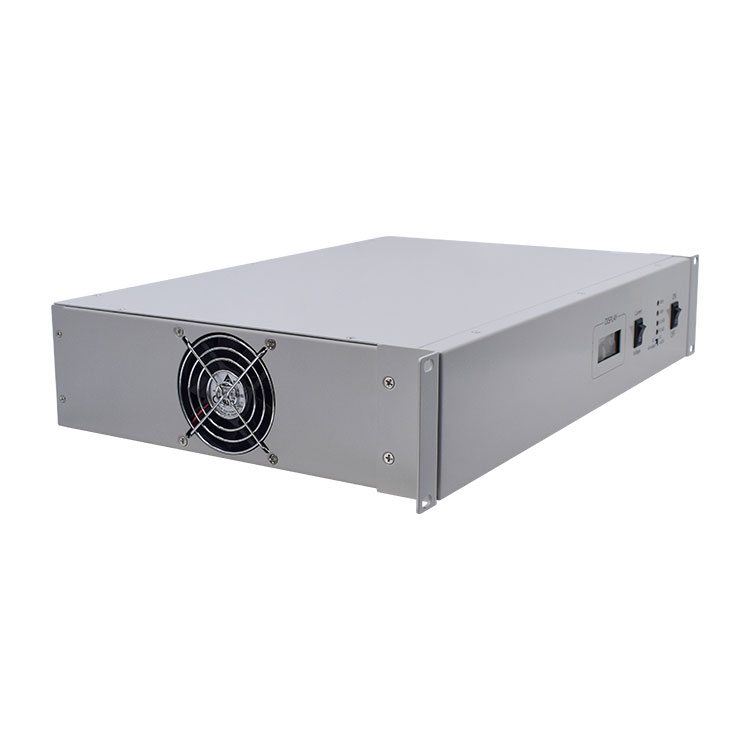
The design and manufacturing of power supplies have a significant impact on their energy efficiency. Key factors like power factor correction, voltage regulation, and adherence to standards and safety measures all contribute to the overall efficiency of a power supply.
Power Factor Correction
Power factor correction (PFC) is a technique used to improve the efficiency of power delivery. It's aimed at making the load appear purely resistive, which minimizes the phase difference between the current and voltage, thereby reducing power loss. Efficient power supplies often incorporate active PFC to enhance energy efficiency.
Voltage Regulation
Voltage regulation is another critical aspect of power supply design. It ensures the output voltage remains constant despite changes in the input voltage or load. Good voltage regulation contributes to the efficient operation of the electronic device, preventing performance issues and potential damage caused by voltage fluctuations.
Standards and Safety Measures
Adherence to power supply standards and safety measures also plays a vital role in energy efficiency. Standards like the 80 PLUS certification require power supplies to be 80% or more efficient at 20%, 50%, and 100% of rated load, which helps ensure energy-efficient operation. Safety measures like overvoltage, overcurrent, and short-circuit protection also contribute to efficient operation by preventing conditions that could lead to energy loss or damage.
The design and manufacturing processes of power supplies, therefore, play a crucial role in determining their energy efficiency. By focusing on aspects like power factor correction, voltage regulation, and compliance with standards and safety measures, manufacturers can produce power supplies that deliver power more efficiently, reducing energy waste and contributing to a more sustainable future.
Trends and Developments in the Power Supply Industry
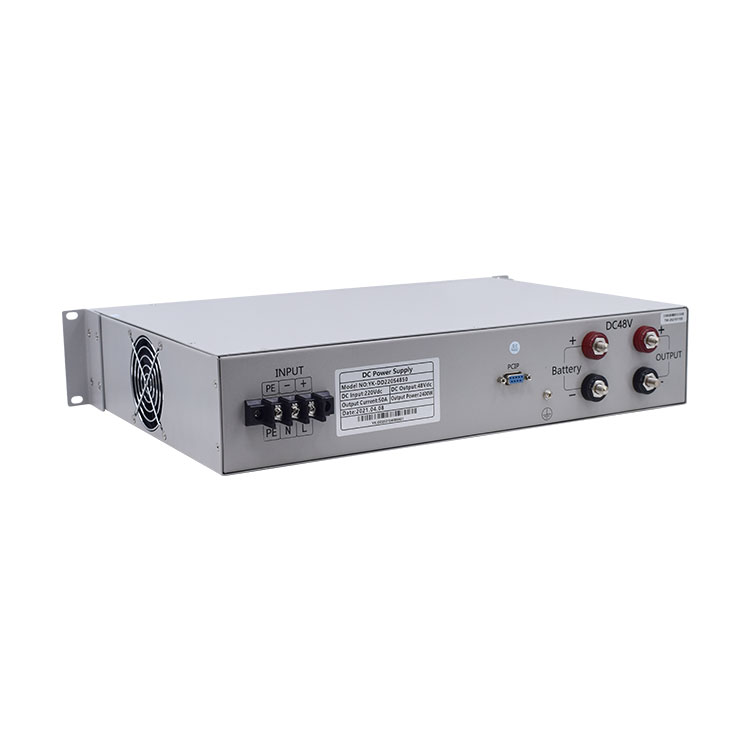
The power supply industry is continually evolving, driven by advancements in technology and changing market demands. Some of the current trends and developments include the growth of battery technology, the rising demand for uninterruptible power supplies (UPS), and the increased focus on energy efficiency and renewable energy.
Battery Technology
Battery technology is advancing rapidly, driven by the growing demand for energy storage solutions and electric vehicles. Newer battery technologies, such as lithium-ion and solid-state batteries, offer higher energy density, longer lifespan, and improved safety, making them suitable for various applications. This growth in battery technology is expected to drive further innovations in the power supply industry.
Uninterruptible Power Supplies (UPS)
The market for uninterruptible power supplies (UPS) is also growing. UPS systems provide emergency power to a load when the main power source fails, making them critical for industries where power continuity is crucial, such as healthcare, data centers, and telecommunications. With increasing digitalization and reliance on data, the demand for reliable UPS systems is expected to increase, driving growth in this sector of the power supply industry.
Energy Efficiency and Renewable Energy
There is an increased focus on energy efficiency and renewable energy in the power supply industry. With growing environmental concerns and regulatory pressures, manufacturers are developing more efficient power supplies that consume less energy and produce less waste heat. Similarly, the rise of renewable energy has led to the development of power supplies capable of handling the unique challenges posed by renewable energy sources, such as variable output and the need for energy storage.
These trends indicate a promising future for the power supply industry, with opportunities for innovation and growth in various sectors. The industry's ability to adapt to these trends and meet changing market demands will be key to its continued success.